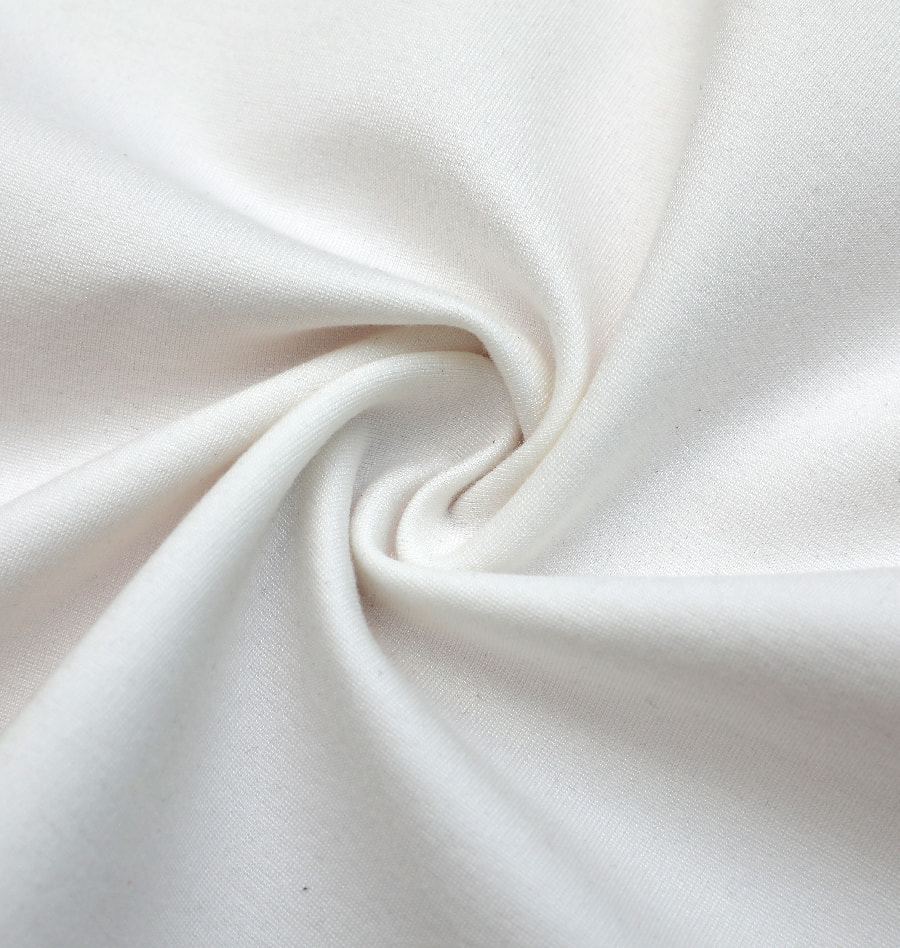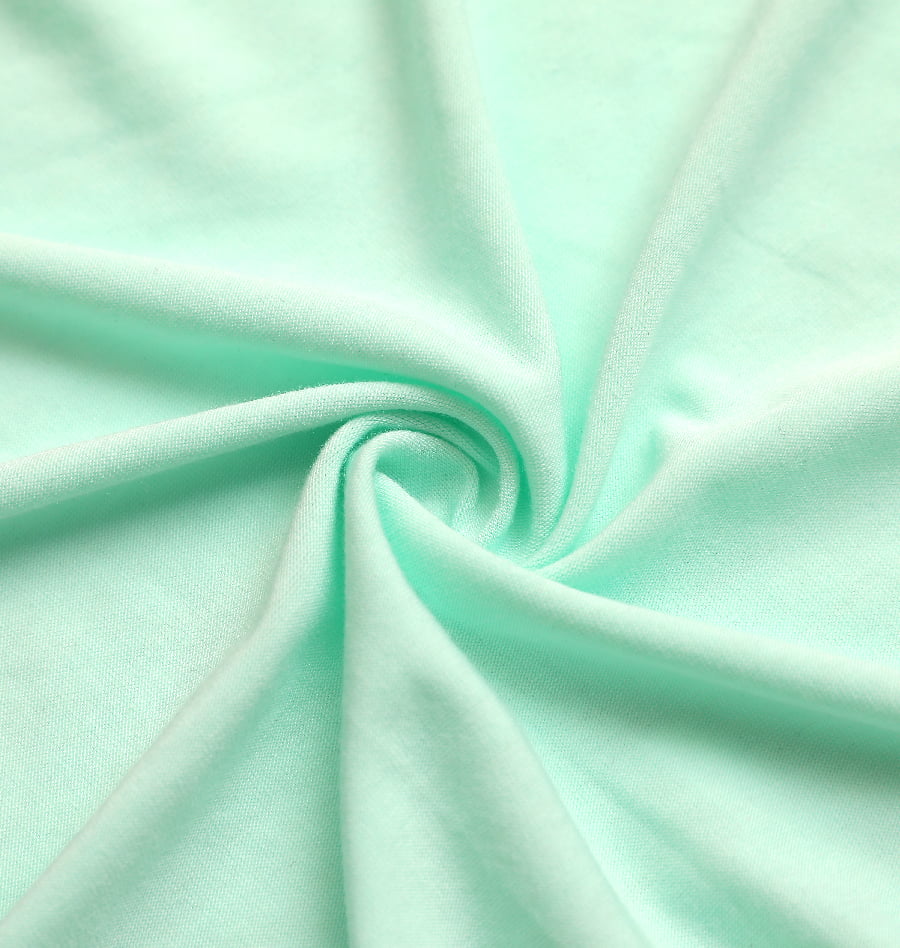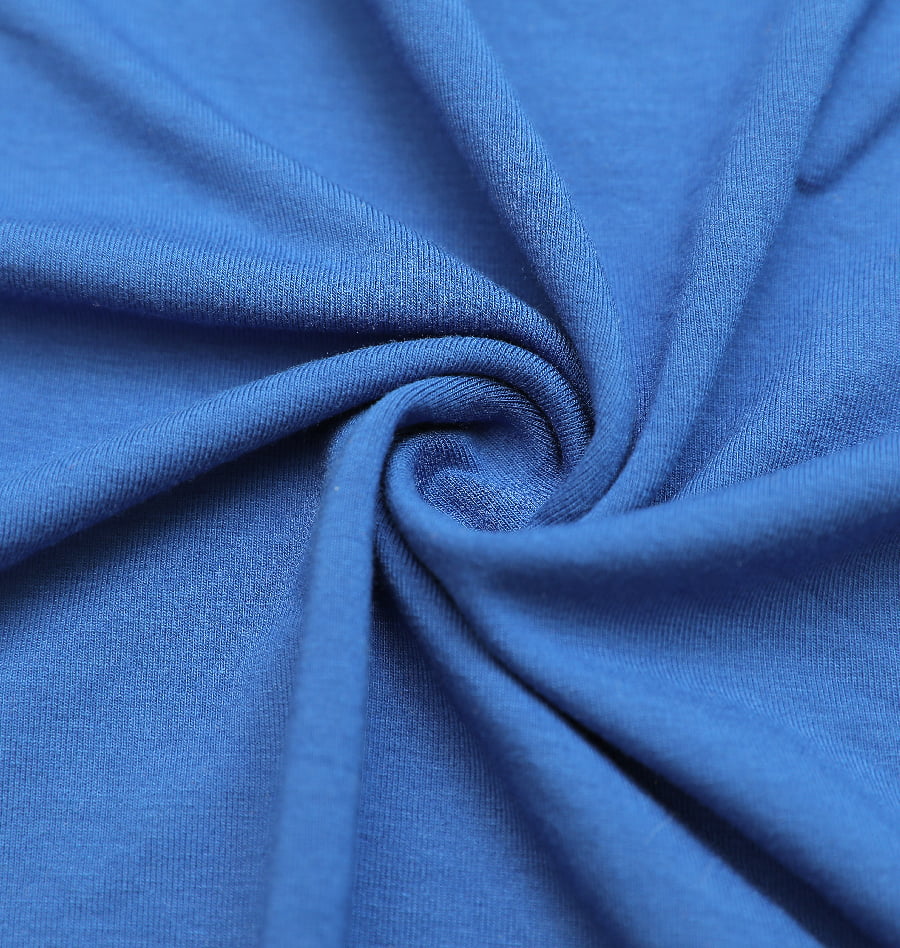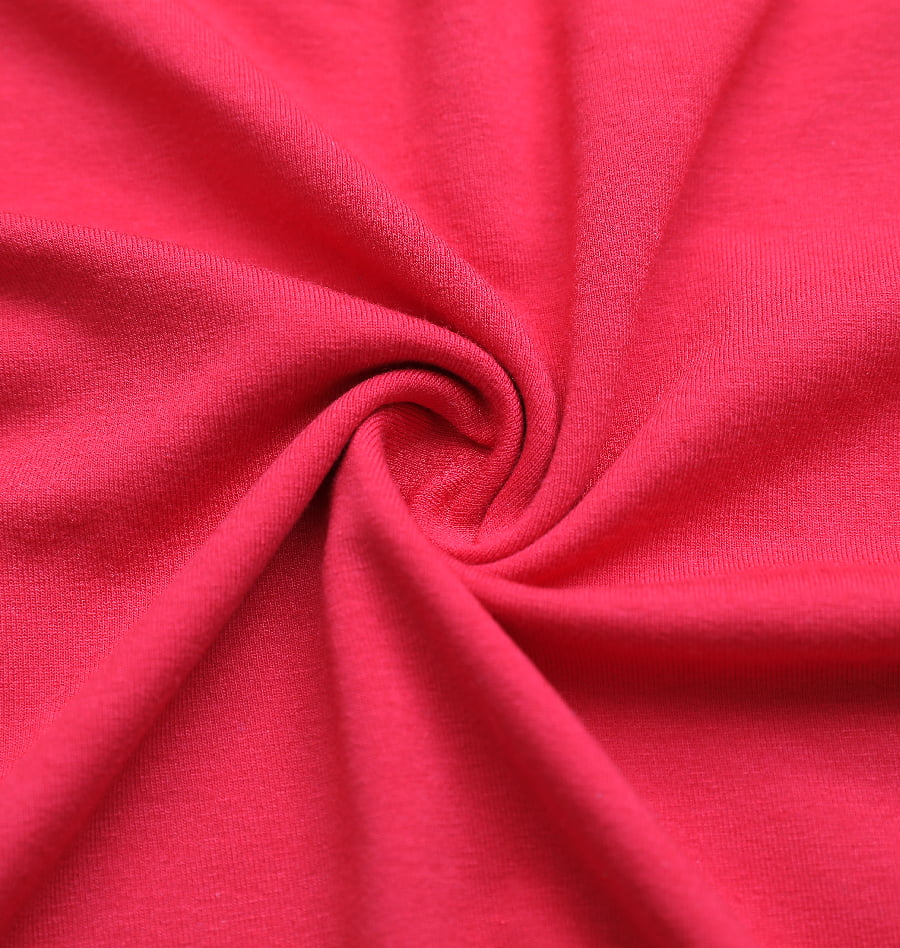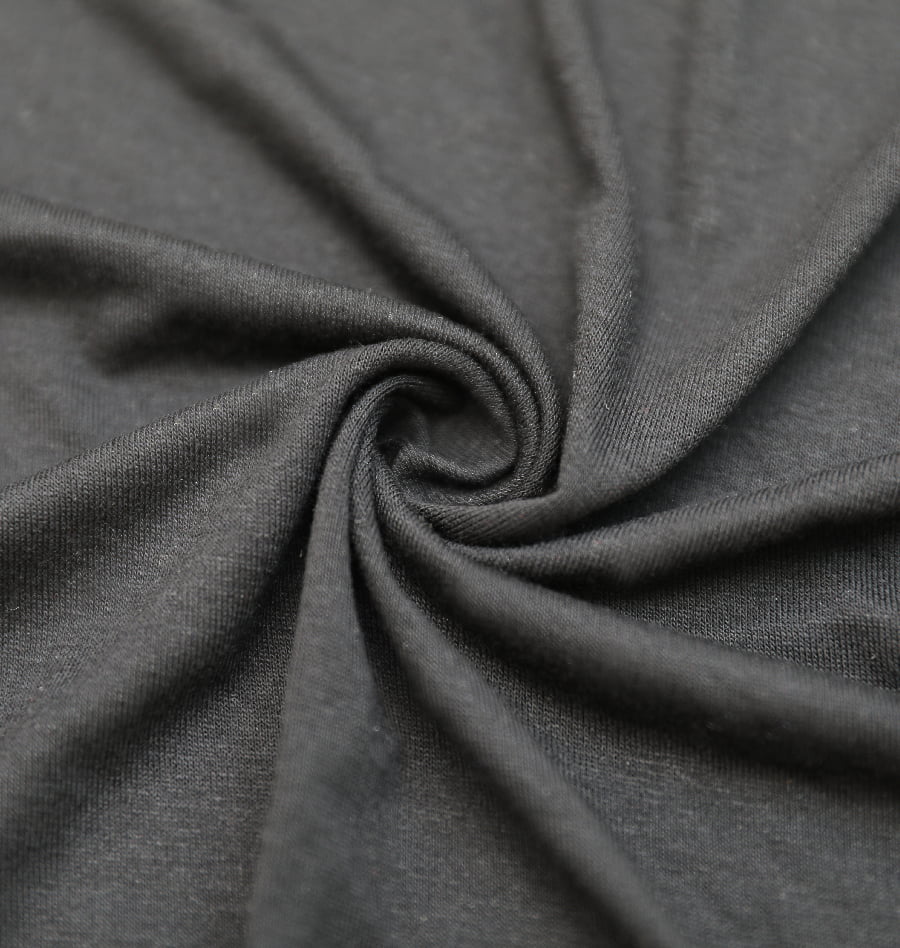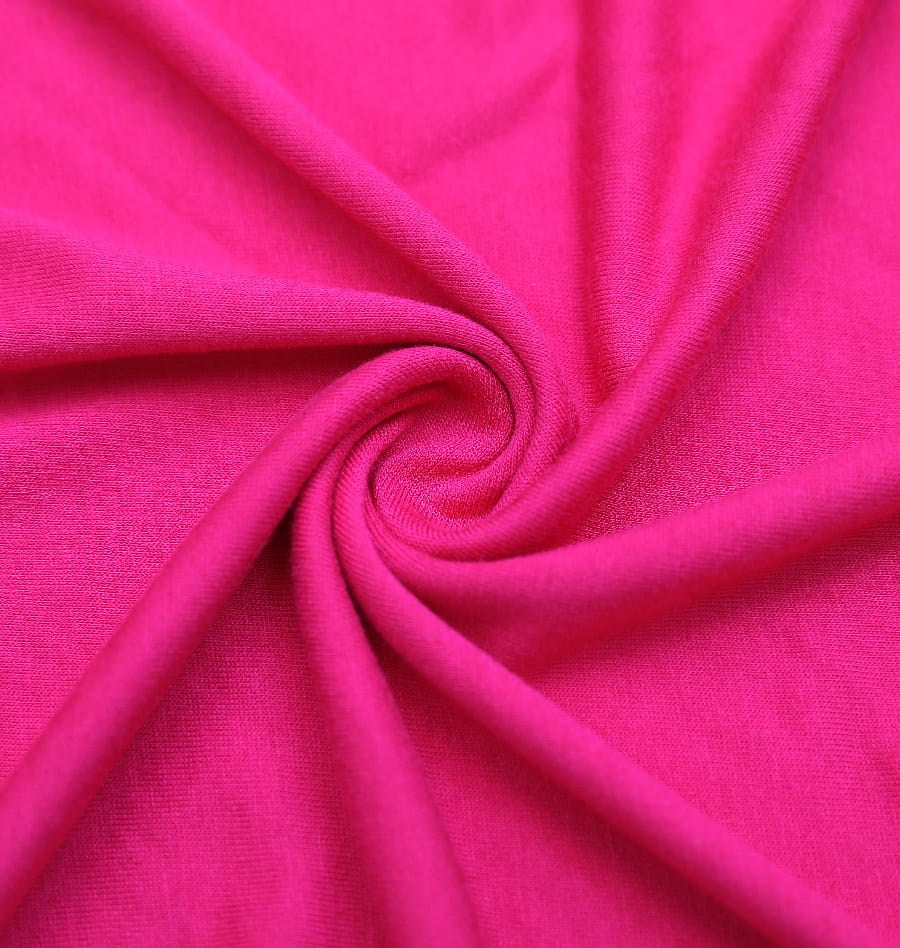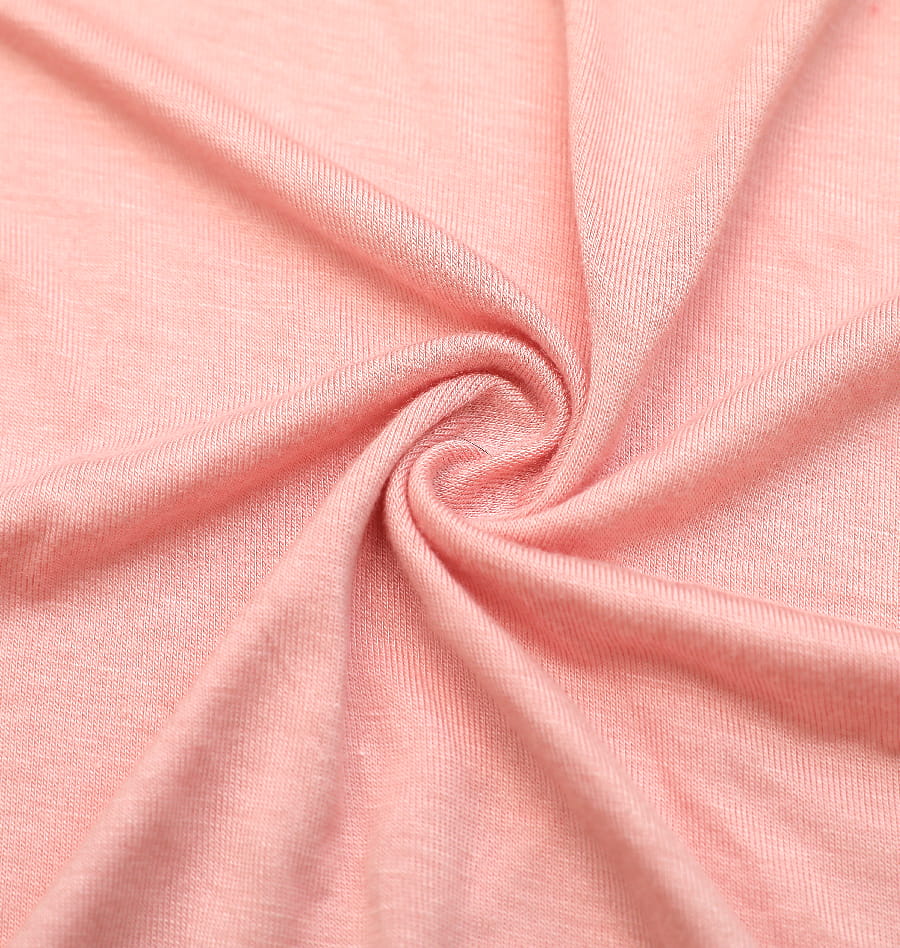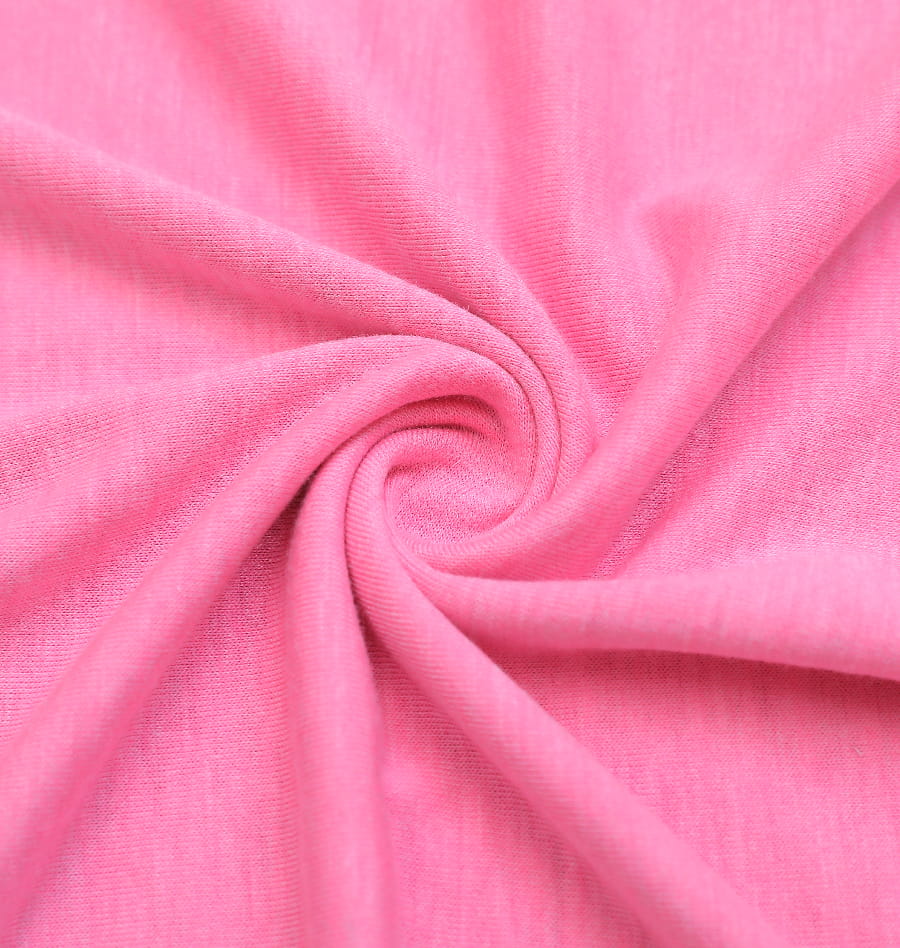The difference between knitted fabrics and woven fabrics Knitted fabrics and woven fabrics have their own unique characteristics in terms of processing technology, fabric structure, fabric characteristics, and use of finished products due to different weaving methods. Here are some comparisons.
(1) The composition of the fabric structure: (1) Knitted fabric: the yarn is sequentially bent into loops, and the loops are intertwined to form a fabric, and the process of forming loops by the yarn can be carried out horizontally or vertically, horizontally weaving said It is weft-knitted fabric, and longitudinal knitting is called warp-knitted fabric. (2) Woven fabric: It is a fabric made of two or more sets of mutually perpendicular yarns interlaced with warp and weft at a 90 degree angle. The longitudinal yarns are called warp yarns, and the horizontal yarns are called weft yarns.
(2) The basic unit of fabric organization: (1) Knitted fabric: The loop is the smallest basic unit of knitted fabric, and the loop is composed of the loop stem and the extension line in a space curve. (2) Woven fabric: Each intersection point between warp and weft is called the organization point, which is the smallest basic unit of woven fabric.
(3) Fabric structure characteristics: (1) Knitted fabric: Because the loops are made by bending the yarn in space, and each loop is composed of one yarn, when the knitted fabric is subjected to external tension, such as longitudinal stretching, the loop The bending of the loop changes, and the height of the loop increases, while the width of the loop decreases. If the tension is horizontal stretching, the situation is the opposite. The height and width of the loop can obviously be converted to each other under different tension conditions, so knitting The extensibility of the object is large. (2) Woven fabric: Because the place where warp and weft interweave is somewhat curved, and the moraine is bent in the direction perpendicular to the plane of the fabric, the degree of bending is related to the mutual tension between warp and weft and the stiffness of the yarn. External tension, such as stretching in the longitudinal direction, the tension of the warp yarn increases, and the bending decreases, while the bending of the weft yarn increases, such as longitudinal stretching, until the warp yarn is fully straightened, and the fabric shrinks in the transverse direction. When the woven fabric is stretched transversely by external tension, the tension of the weft yarn increases, the bending decreases, and the warp yarn bending increases, such as the transverse stretching continues until the weft yarn is fully straightened, and the fabric shrinks longitudinally. The warp and weft will not be converted, which is different from knitted fabrics.
(4) The characteristics of the fabric structure: (1) Knitted fabric: It can be stretched in all directions and has good elasticity. Because the knitted fabric is formed by hole-shaped loops, it has greater air permeability and a soft feel. (2) Woven fabric: Because the warp and weft of the woven fabric have little relationship with the extension and contraction, and no conversion occurs, the fabric is generally tight and stiff.
(5) The physical and mechanical properties of the fabric structure: (1) Knitted fabric: the physical and mechanical properties of the fabric, including vertical density, horizontal density, square weight, elongation, elasticity, breaking strength, abrasion resistance, hemming, Thickness, dispersibility, shrinkage, coverage, bulk density. (2) Woven fabric: the physical and mechanical properties of woven fabric, including the yarn density of warp and weft, selvage, front and back, forward and reverse wool direction, and fabric coverage.

